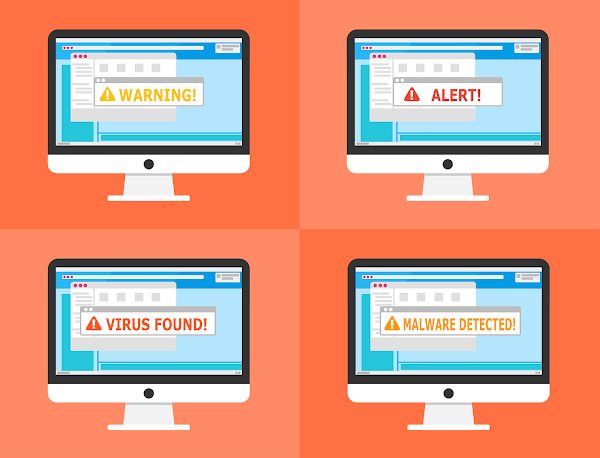New Worm Capabilities Targets Windows Machines

A malware that has verifiably targeted exposed Windows machines through phishing and exploit kits have been retooled to add new “worm” capabilities. Purple Fox, which originally showed up in 2018, is an active malware campaign that as of, not long ago required user interaction or some kind of third-party tool to infect Windows machines. However, the assailants behind the campaign have now upped their game and added new functionality that can force its way into victims’ systems on its own, as indicated by new Tuesday research from Guardicore Labs.
“Guardicore Labs have identified a new infection vector of this malware where internet-facing Windows machines are being breached through SMB password brute force,” Guardicore Labs Amit Serper said. In addition to these new worm abilities, Purple Fox malware now additionally incorporates a rootkit that permits the threat actors to conceal the malware on the machine and make it hard to distinguish and eliminate, he said.
Researchers examined Purple Fox’s most recent activity and discovered two huge changes to how assailants are spreading malware on Windows machines. The first is that the new worm payload executes after a victim machine is undermined through a weak exposed service. Purple Fox additionally is utilizing a past strategy to contaminate machines with malware through a phishing effort, sending the payload by means of email to exploit a browser vulnerability, researchers observed. When the worm infects a victim’s machine, it creates a new service to establish persistence and execute a simple command that can iterate through a number of URLs that include the MSI for installing Purple Fox on a compromised machine, said Serper.
“msiexec will be executed with the /i flag, in order to download and install the malicious MSI package from one of the hosts in the statement,” he explained. “It will also be executed with the /Q flag for ‘quiet’ execution, meaning, no user interaction will be required.”
Gadgets caught in this botnet incorporate Windows Server machines running IIS form 7.5 and Microsoft FTP, and servers running Microsoft RPC, Microsoft Server SQL Server 2008 R2, and Microsoft HTTPAPI httpd 2.0, and Microsoft Terminal Service.
If you like the site, please consider joining the telegram channel or supporting us on Patreon using the button below.


![[EVEREST] - Ransomware Victim: Collins Aerospace Admits Responsibility for Flight Chaos at Heathrow, Brussels and Other M[.][.][.] 3 image](https://www.redpacketsecurity.com/wp-content/uploads/2024/09/image-300x300.png)

